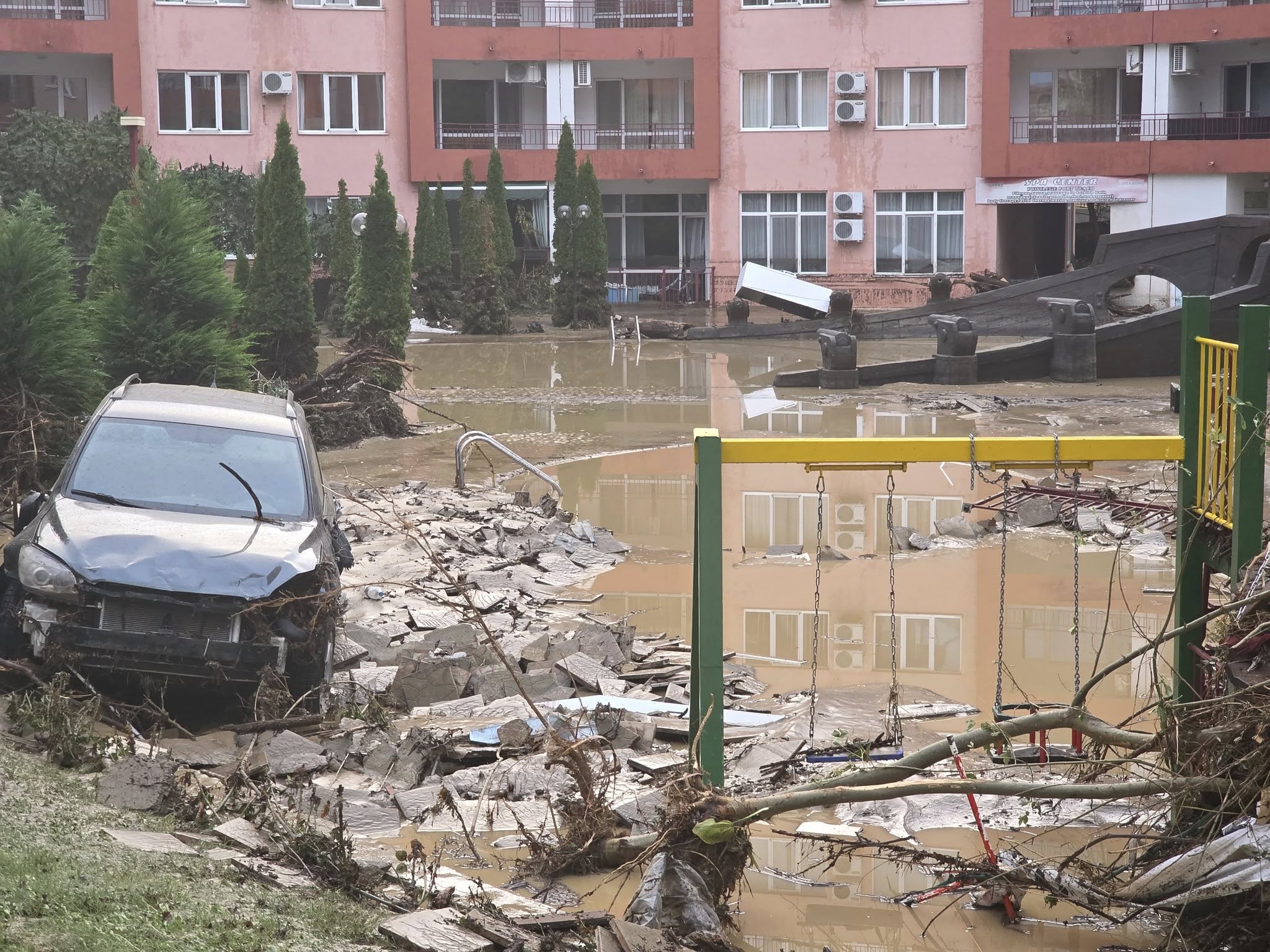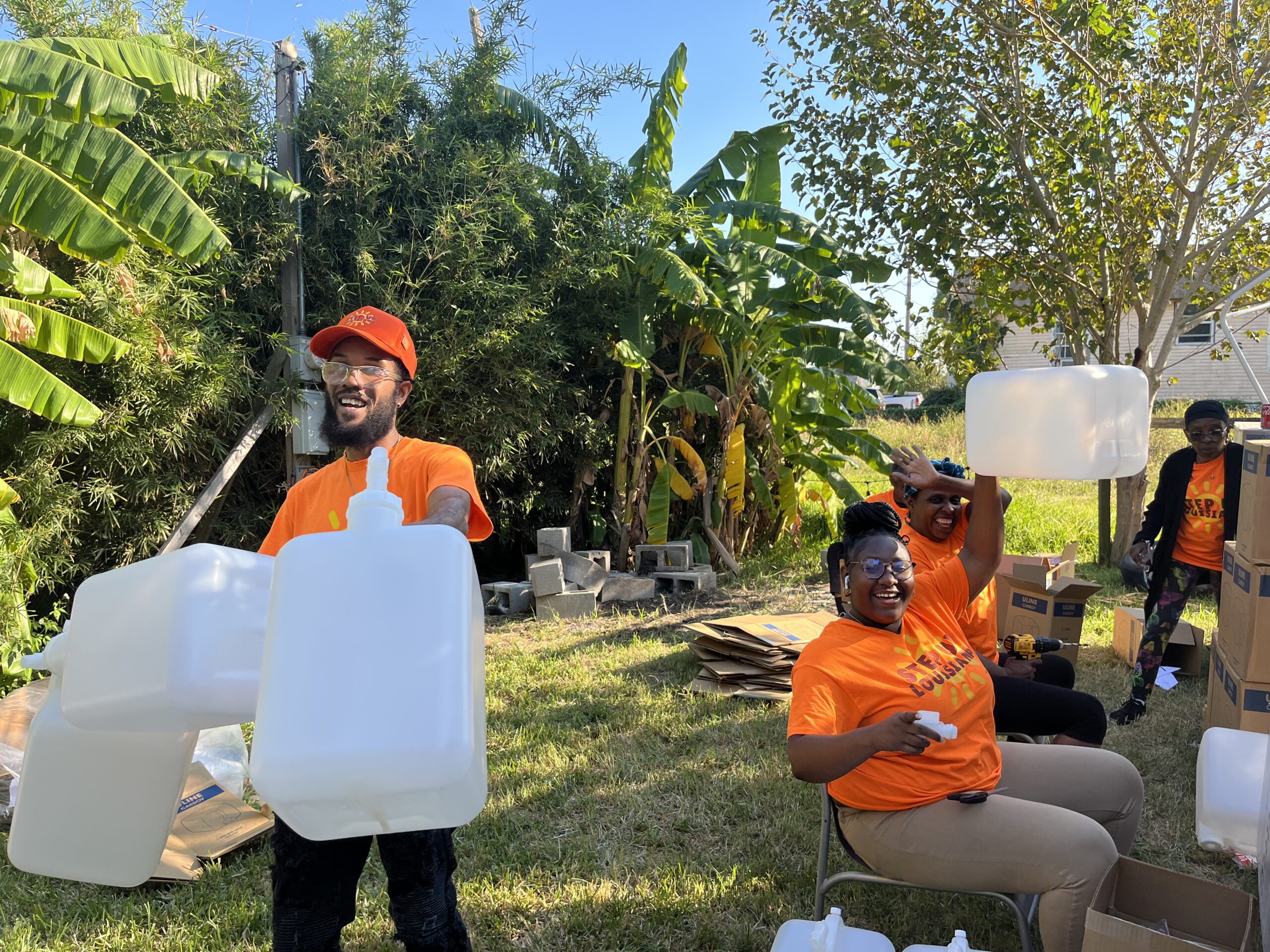What we’re watching: Weekly disaster update, October 6

We know all too well that disaster can strike anytime, anywhere in the world. Some disasters make headlines; others do not. Here at the Center for Disaster Philanthropy (CDP), we monitor the status of disasters worldwide and compile a list of the ones we’re tracking weekly, along with relevant disaster-related media coverage.
Here’s what we’re watching for the week of Oct. 6, 2025.
New or Emerging Disasters
Flooding – Ukraine: On Oct. 1, flash flooding in Odessa caused nine deaths, with hundreds more requiring rescue and thousands left without power. As much as two months’ worth of rain fell in just seven hours. Roads were rendered unusable, and many buildings were damaged.
Flooding – Nepal: In the eastern mountain district of Ilam, entire villages were swept away by landslides following torrential rains on Sunday, Oct. 5. Throughout Nepal, at least 44 people died from flooding, landslides and lightning strikes, though that number is expected to rise.
Flooding – Bulgaria: At least three people died on Oct. 3 in Elenite, a Black Sea resort town, and hundreds were forced to evacuate, after unseasonable heavy rains caused massive flooding in southeastern Bulgaria. Many roads were impassable, especially in mountainous areas. The surge of floodwater inundated buildings and parking lots, carrying cars into the sea. Authorities declared a state of emergency in several coastal municipalities.
Meanwhile, the northwestern parts of the country were hit by heavy snowfall, which downed power lines, leaving entire municipalities without electricity.
Previous/Ongoing Disasters
Typhoon Bualoi – Vietnam: In Central Vietnam, the number of fatalities from Typhoon Bualoi has risen to 51, with 164 people injured. It was one of the strongest storms to hit this region in decades, causing massive damage in part because it hovered over the area for 13 hours after making landfall.
Earthquake – Philippines: The death toll from the 6.9 magnitude earthquake that struck Cebu has risen to 72 people, with over 360 injured. More than 170,000 people were affected, and many refused to return home due to fear of aftershocks.
The earthquake damaged or destroyed 87 buildings and about 600 houses. Just days before the quake, Typhoon Ragasa and Typhoon Bualoi struck the Philippines, killing at least 24 people. The Philippines is ranked the number one most disaster-prone country of 2025 by The World Risk Index Report.
Complex Humanitarian Emergencies – The Sahel Region
When a country experiences political conflict, climate shocks, famine, economic challenges or other conditions, it may suffer a complex humanitarian emergency (CHE). CDP maintains complete profiles on several CHEs. Every week, we highlight these and other CHEs, hoping to build awareness and increase philanthropic response.
According to Sima Sami Bahous, Executive Director of the United Nations Entity for Gender Equality and the Empowerment of Women (UN-Women), the Sahel is “…where the world’s gravest concerns converge, women and girls bear the brunt.” This includes terrorism, coups, environmental collapse, poverty, hunger, a lack of development financing, shrinking humanitarian access and a declining UN presence on the ground.
Key facts:
- Women and girls in the Sahel region are especially vulnerable to blocked education, sexual violence and exclusion from aid, especially following the withdrawal of the UN’s peacekeeping forces in Mali and the expansion of extremist control.
- In Burkina Faso alone, the number of women and girls abducted rose by over 218% last year.
- Mali, Niger, Chad and Burkina Faso rank among the highest globally in child marriage rates.
- Female genital mutilation affects 89% of girls in Mali and 56% in Burkina Faso.
- Burkina Faso, Chad, Mali and Niger are among the bottom 10 countries by the Human Development Index and Gender Development Index.
- Across the region, at least 60% of out-of-school girls have never set foot in a classroom. When girls lose their education, they become vulnerable to mutilation, early marriage, early pregnancy and trafficking.
- The Sahel is the epicenter of global terrorism and accounts for more deaths from terrorism than the rest of the world combined.
- At least one million girls in Niger, Mali and Burkina Faso are out of school because of terrorist attacks or threats.
Gender ministries have been defunded or shut down, and women’s development and empowerment projects have been slashed. Due to the scaling back of global aid, as well as rising debt and inflation, women, peace and security programs were among the first to face cuts.
Join us this Thursday, Oct. 9
Webinar: Solidarity in times of crisis: Funding mutual aid

What We’re Reading
- Flood prone Houston faces hard choices for handling water – The Conversation
- Now is the time: Why philanthropy must step up for global climate resilience – Alliance Magazine
- UN’s humanitarian work is ‘underfunded, overstretched and under attack’ – UN News
A moment of hope… UNESCO has expanded its global network of Biosphere Reserves by designating 26 new sites in 2025, increasing protected areas for the planet’s richest and most fragile ecosystems by over 62,000 square miles.
The reserves, now totaling 785 sites in 142 countries, help to balance conservation and sustainable livelihoods. With the addition of these sites, the network of Biosphere Reserves reached a milestone of protecting 5% of the planet.
